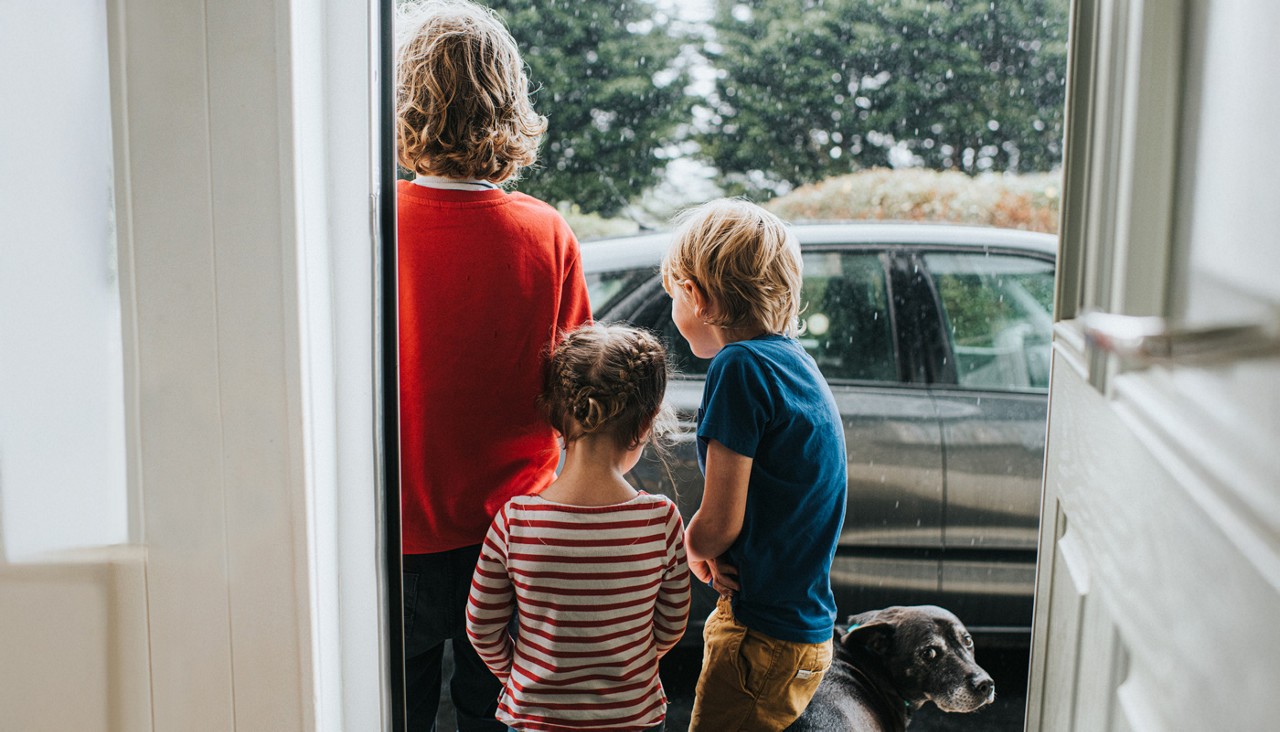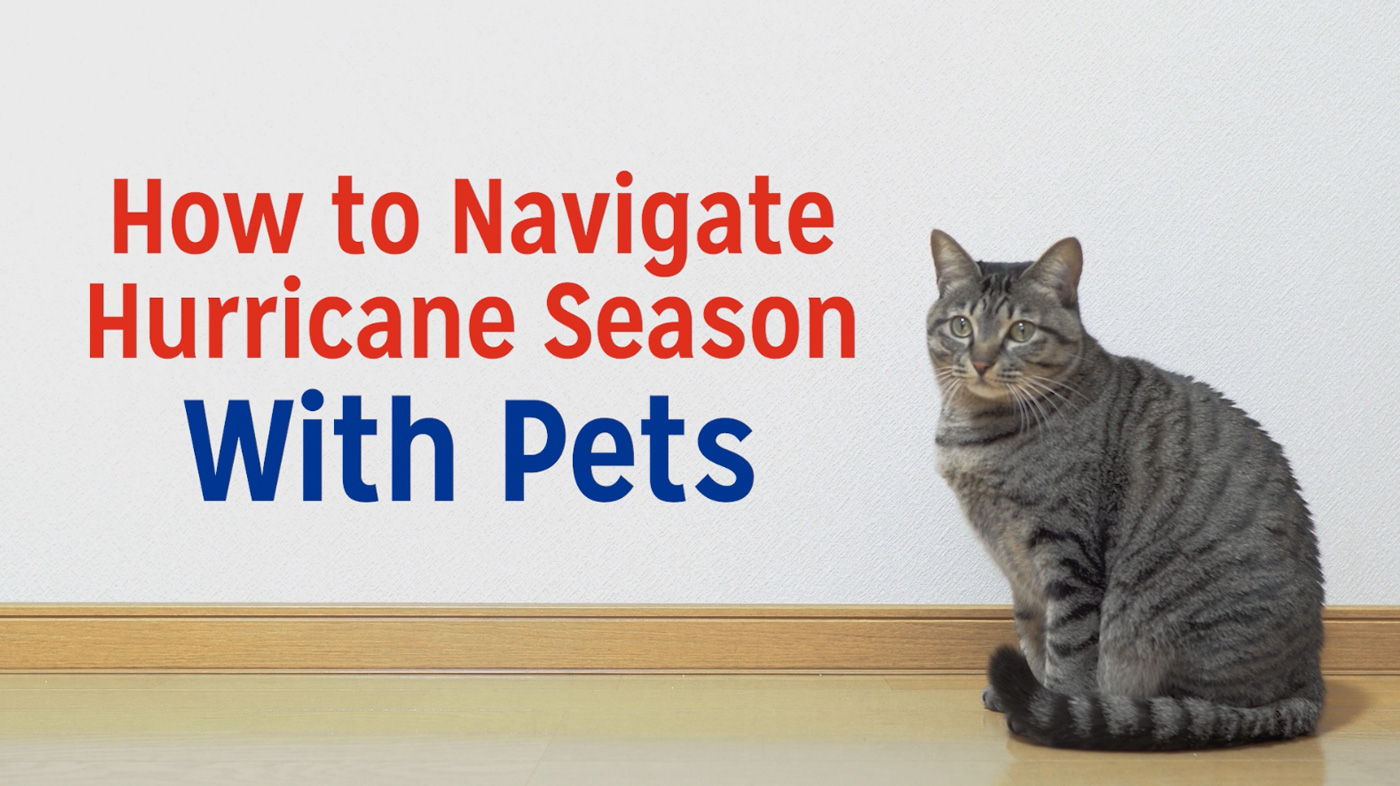To ensure you receive the best service possible,
please enter your zip code below:

Whether you have a dog, cat, parakeet or other animals, you'll want to add your pets to your hurricane preparedness plan to keep them safe should a hurricane come your way. Things can happen quickly, and you might not have time to gather everything you need for yourself and your pets, but a little advanced preparation can go a long way.
The following recommendations will help you weather the storm with your pet or evacuate, if necessary.
The first step in your preparations should be ensuring that your pets can be identified if they become separated from you during a storm. Having a photo of you with your pet can help in establishing ownership if you get separated. These are some other ways to help identify pets:
Make sure your contact information is always up to date. This is especially important for snowbirds who might have more than one residence. Verify that your microchip details include your current location and phone number.

An emergency kit can help you survive at home in case you are unable to leave for an extended period. You should also prepare an emergency kit for your pets. Here are some items you might want to consider having on hand for your pets during hurricane season:
Traveling with pets can be both enriching and daunting. Read our guide on pet travel for tips and ideas.
Get pet travel tips
If conditions are not safe for you to remain in your home, they are not safe for your pets.
If you must leave your residence in a hurry with your pets, it's essential to know where you can go with them. Some emergency shelters may take pets, but you'll want to research this in advance, so you aren't scrambling when the time comes. Check if the shelter requires pet vaccination records and have them available should you need them.
Pack a "go bag" or "bug-out bag" with everything your pet might require in case you need to leave quickly. Your evacuation gear should include a pet carrier that's large enough for your animal, medications, preferred food and treats, toys, a leash and anything else your pet might need. Practice loading your pet into the carrier and make sure it can fit in your car without assistance.
It is also a good idea to have a backup plan in case you are away from home and unable to get there to retrieve your pets in an emergency. Having a neighbor or nearby friend who can help is always a good idea.

Download the FEMA app to stay apprised of weather conditions and evacuation orders. When conditions dictate, bring any outside pets in.
Creating a calm indoor environment is essential for keeping your pet safe when you're confined to your home. Anxious pets may hide or run away, and you are looking to avoid this. Using white noise or other distractions can help minimize the sounds of storms. For bird owners, covering cages with blankets can help birds remain calm.
If it appears that you will need to evacuate with your pet, leave sooner rather than later to allow time to load them into a pet carrier and your car.
Whether you are returning home after a storm or letting your pets outside for the first time after the storm passes, you will want to check your home and yard for hazards, such as broken glass or downed power lines, that could injure your pets.
Storms can be challenging for both pets and humans, so it's important to monitor your pets for distress. Being confined for days or relocating to unfamiliar locations can be stressful. If you are concerned about your pet's health or behavior, reach out to your veterinarian.
If your pet goes missing during a storm, contact your local animal control organization. Providing a microchip number and a photograph can help with reunification.
Be prepared
Plan ahead for peace of mind. Whether you're sheltering at home or evacuating with your furry companion, AAA is here to help. Use the AAA Mobile App to find pet-friendly hotels, nearby vets and safe travel routes, so you and your pet stay safe, calm and connected.